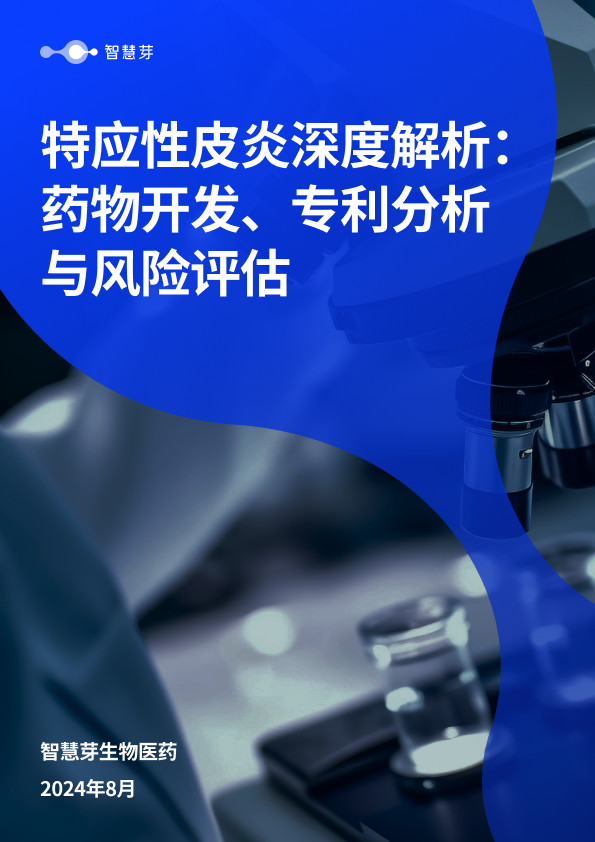A noninvasive method for assessing muscular health in an aging population
2024-01-13
As individuals age, maintaining muscular health becomes increasingly crucial, where the loss of muscle mass and strength is linked to a higher risk of falls and reduced physical activity. Now, researchers from Japan have developed a practical and accessible muscular health monitoring system based on phase angle measurements currently used to monitor body composition. This method can play a pivotal role in promoting overall well-being for the older population.
As global life expectancies rise, the World Health Organization projects that by 2050, the global population aged 60 years and older will double to 2.1 billion from 1 billion in 2020 -- a trend particularly notable in Japan, which has the highest percentage of people aged 65 years and older. In 2022, 29.1% of the population was 65 years or older (expected to rise to 34.8% by 2040). The increase in the aging population comes with new health challenges, such as the need to assess muscular health.
"The loss of muscle mass and strength could lead to a higher risk of falls, inactivity, confinement to bed, and metabolic problems," says Professor Ryota Akagi from Shibaura Institute of Technology, who has been researching ways to quickly and non-invasively measure muscle response and coordination.
Now, Prof. Akagi, along with Dr. Kosuke Hirata from the University of Tsukuba; Dr. Yosuke Yamada from the National Institutes of Biomedical Innovation, Health and Nutrition; and Dr. Tsukasa Yoshida from the National Institutes of Biomedical Innovation have shown that bioelectrical impedance analysis (BIA), a technique widely used to assess body composition can also be used for measuring voluntary and evoked muscle contractions, which are integral to our ability to move, maintain stability, and respond to external stimuli. Their study lays the foundations for a convenient muscular health monitoring system; the corresponding findings were published on 23 November 2023 in Volume 14 of the journal Frontiers in Physiology.
BIA involves sending a safe electrical current through the body and measuring the impedance, characterized by resistance and reactance, where higher water and electrolyte concentrations lead to lower resistance and healthy cell membranes show higher reactance; these components are represented as phase angles calculated as a ratio of reactance and resistance [arctangent (reactance/resistance) × (180°/π)], where larger angles indicate higher muscle content.
To explore if the phase angle can serve as an indicator for other neuromuscular factors, the researchers examined its relationship with the neuromuscular properties of the leg, including a rapid force generation ability, intrinsic contractile properties, and overall neuromuscular activity in the plantar flexors of 60 participants aged 21-83 years.
Plantar flexors are a group of muscles located in the calf region and are essential for walking, running, jumping, and maintaining balance. "We aimed to clarify the association of phase angle obtained from the leg using BIA with voluntary muscle strength, twitch contractile properties, and neuromuscular activity," says Assistant Prof. Hirata.
Muscle strength is the maximum force that muscles can generate during a voluntary contraction, while twitch contractile refers to how a muscle responds to an electrical stimulus. These measurements represent the ability of a muscle to contract, generate force, and contribute to movement. The findings revealed that the leg phase angle could estimate muscle contractile properties. Individuals with larger phase angles had better muscle function and generated more force. However, the researchers did not observe any between phase angle and neuromuscular activity.
These results indicate that the phase angle can be a valuable tool for estimating muscular health among individuals -- such a system could find use in weight scales for a quick and easy physical assessment.
"Because phase angle can be measured even by impedance analyzer for home use, such as weighing scales with body composition analyzer, phase angle may be the way to monitor muscular health easily and quickly. If possible, segment-level phase angle measurement can be conducted even by impedance analyzer for home use," says Prof. Akagi.
As the population ages and conditions like sarcopenia, involving muscle loss, become more prevalent, insights into muscular health will assist individuals in taking proactive measures and enable countries to develop policies prioritizing the muscular health of the older population.
更多内容,请访问原始网站
文中所述内容并不反映新药情报库及其所属公司任何意见及观点,如有版权侵扰或错误之处,请及时联系我们,我们会在24小时内配合处理。
适应症
靶点
-药物
-来和芽仔聊天吧
立即开始免费试用!
智慧芽新药情报库是智慧芽专为生命科学人士构建的基于AI的创新药情报平台,助您全方位提升您的研发与决策效率。
立即开始数据试用!
智慧芽新药库数据也通过智慧芽数据服务平台,以API或者数据包形式对外开放,助您更加充分利用智慧芽新药情报信息。




